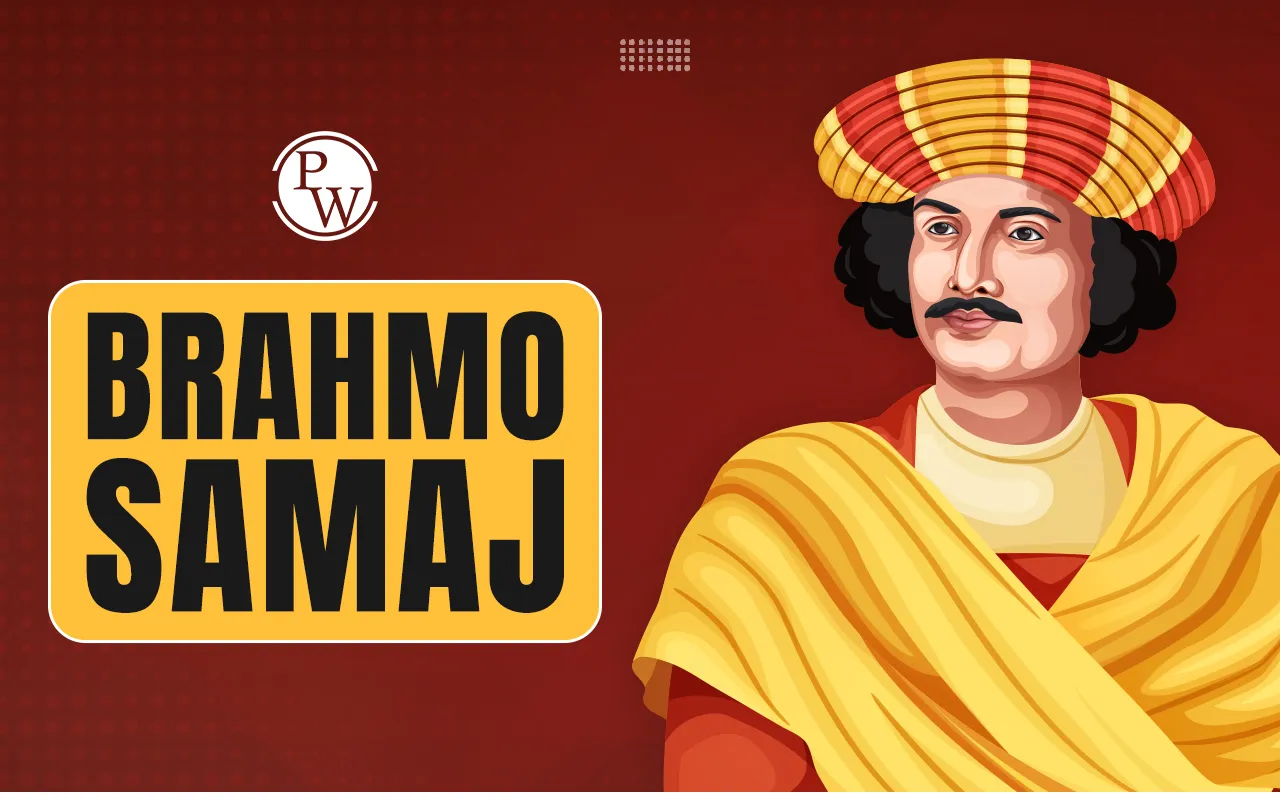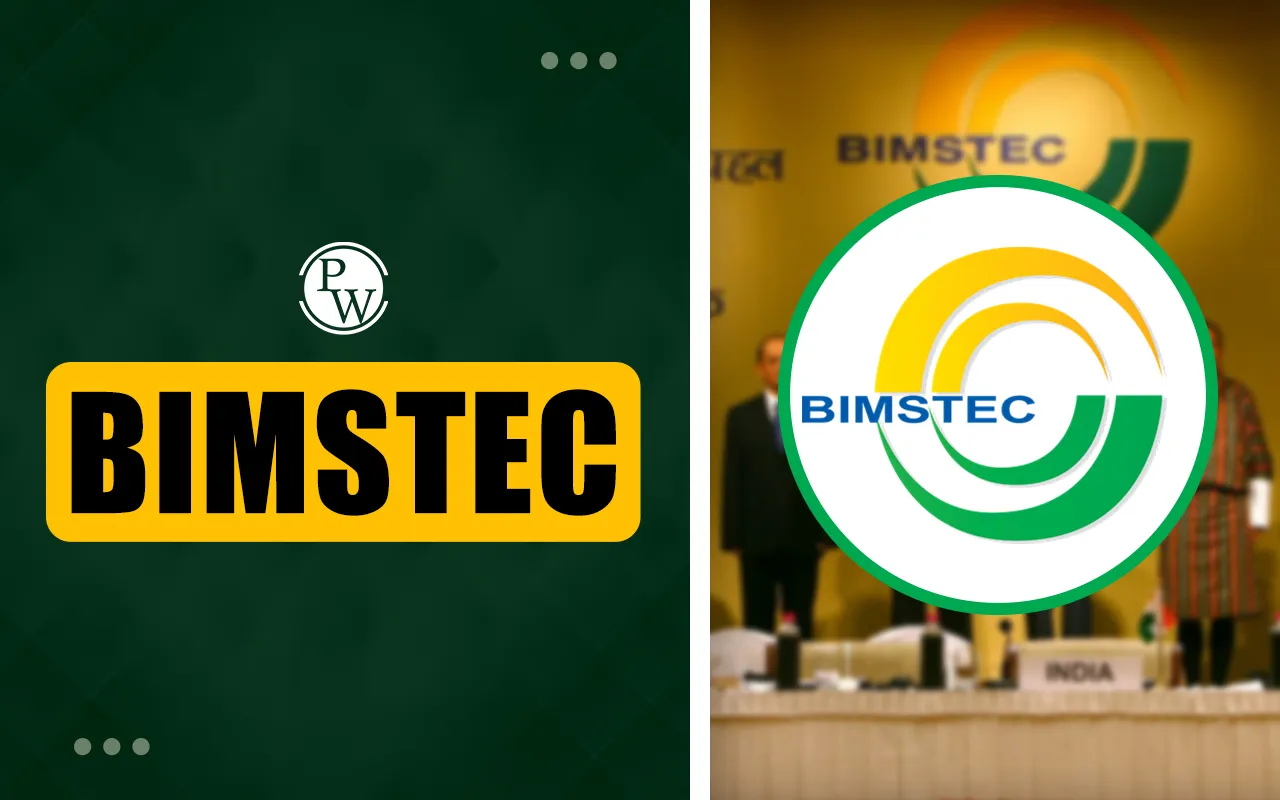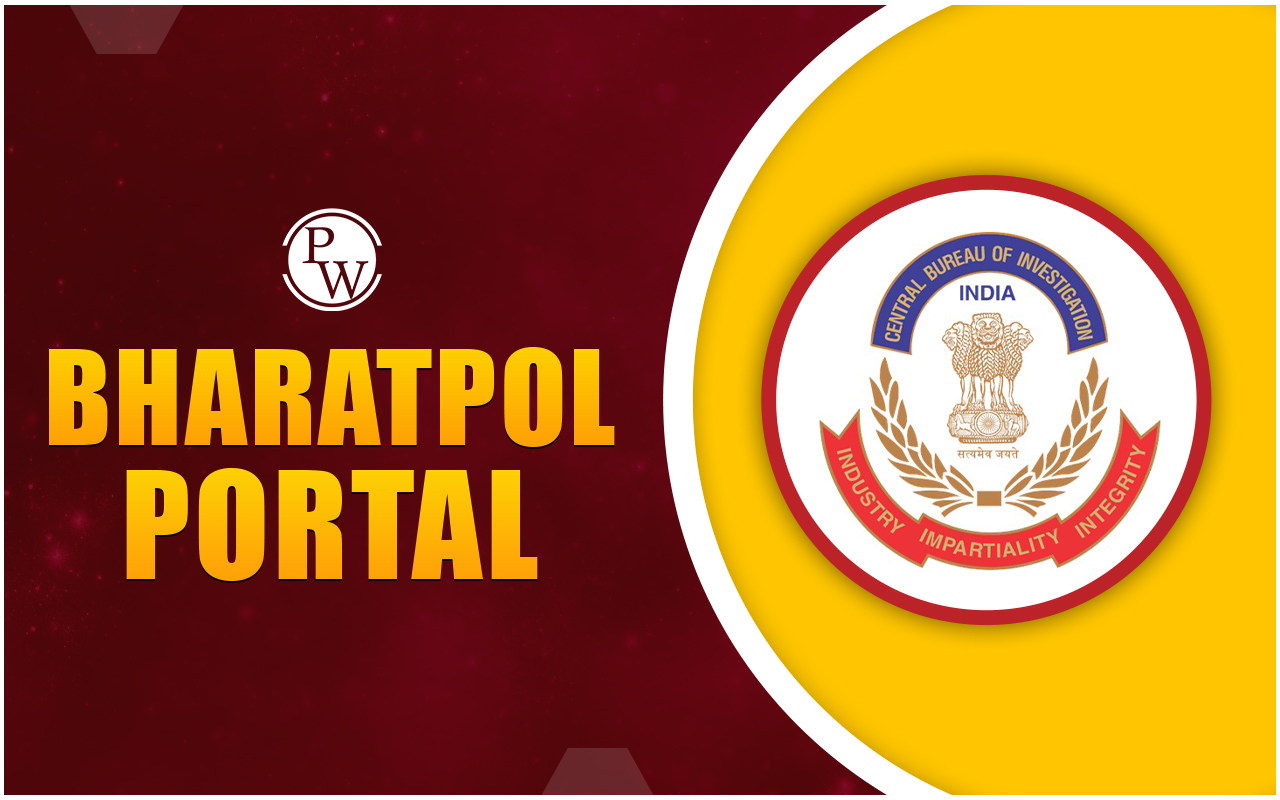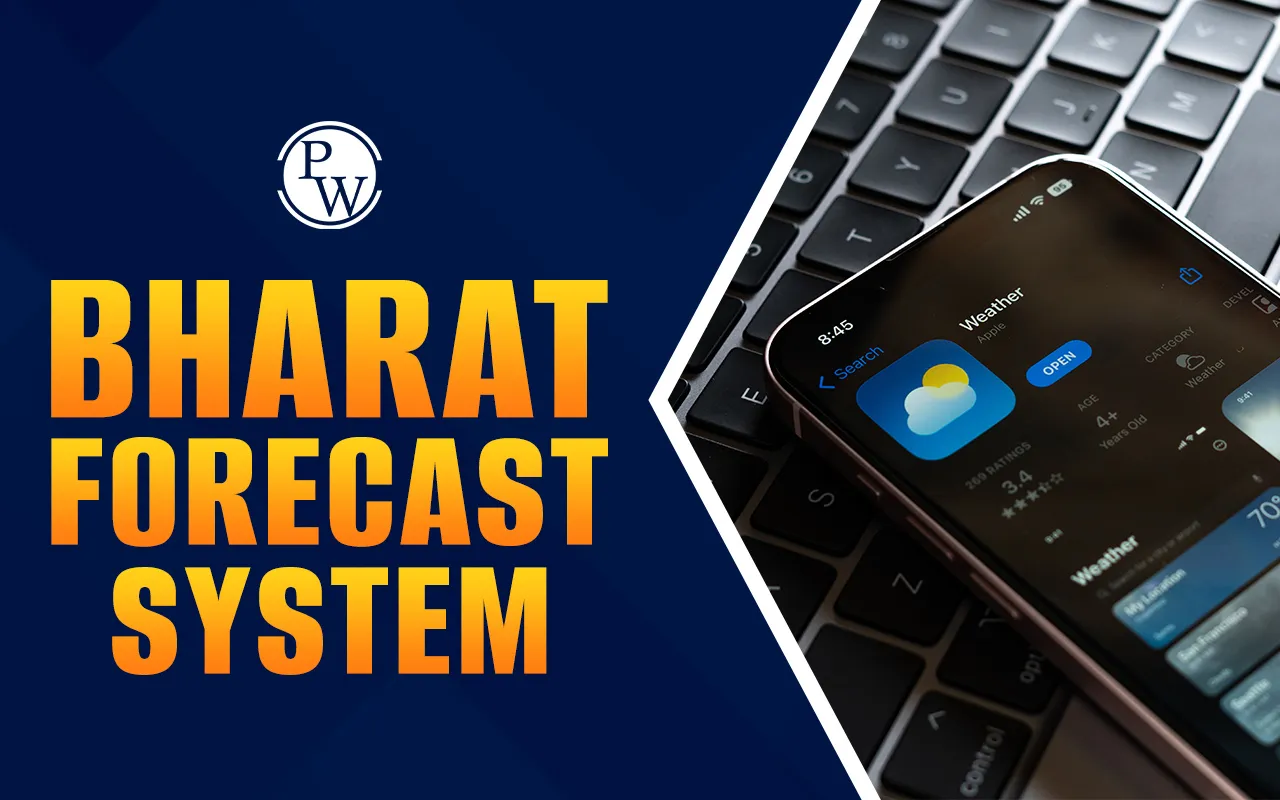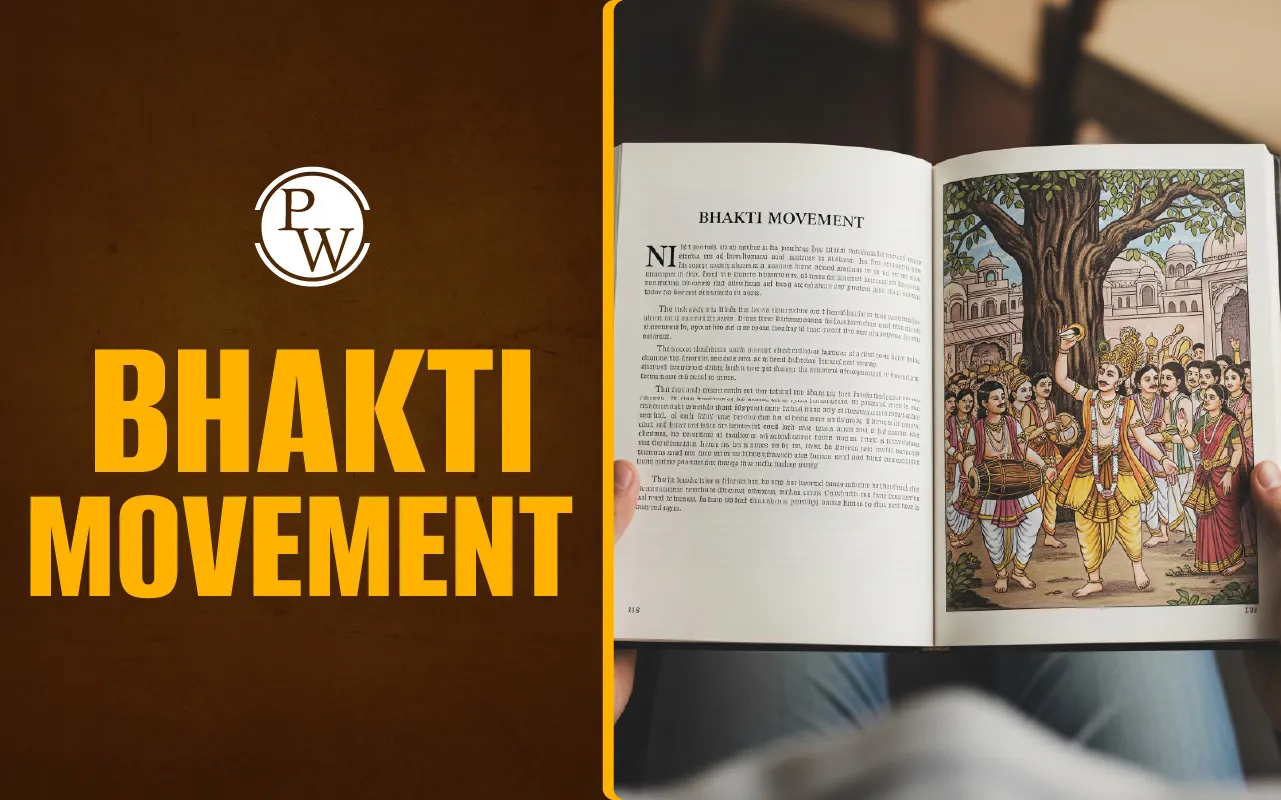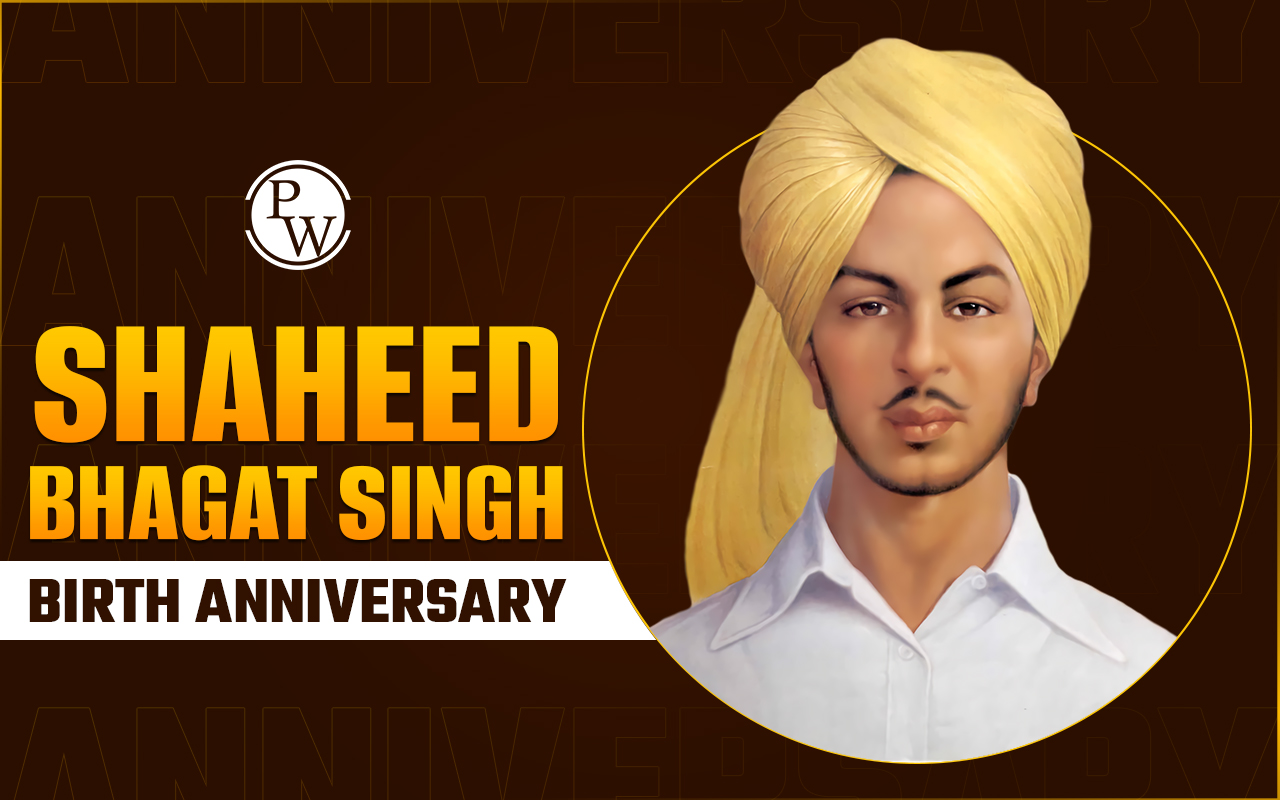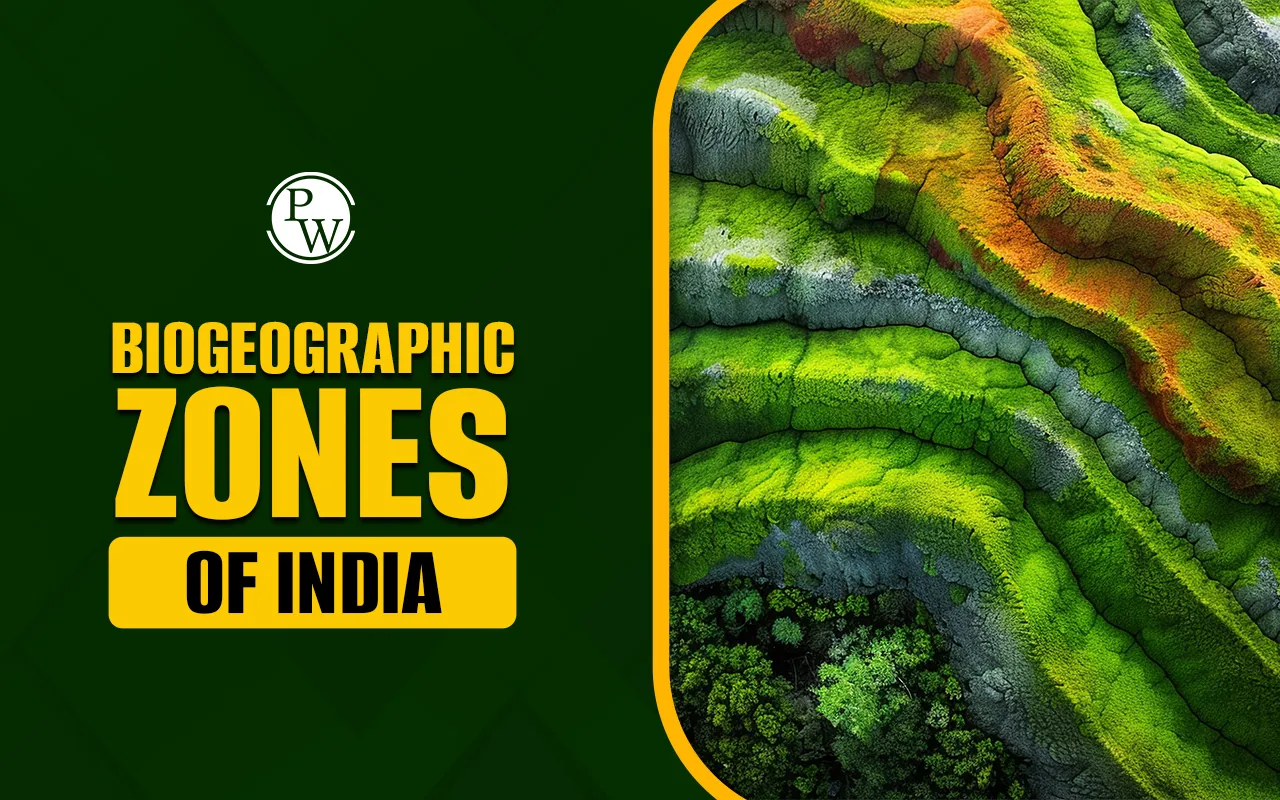
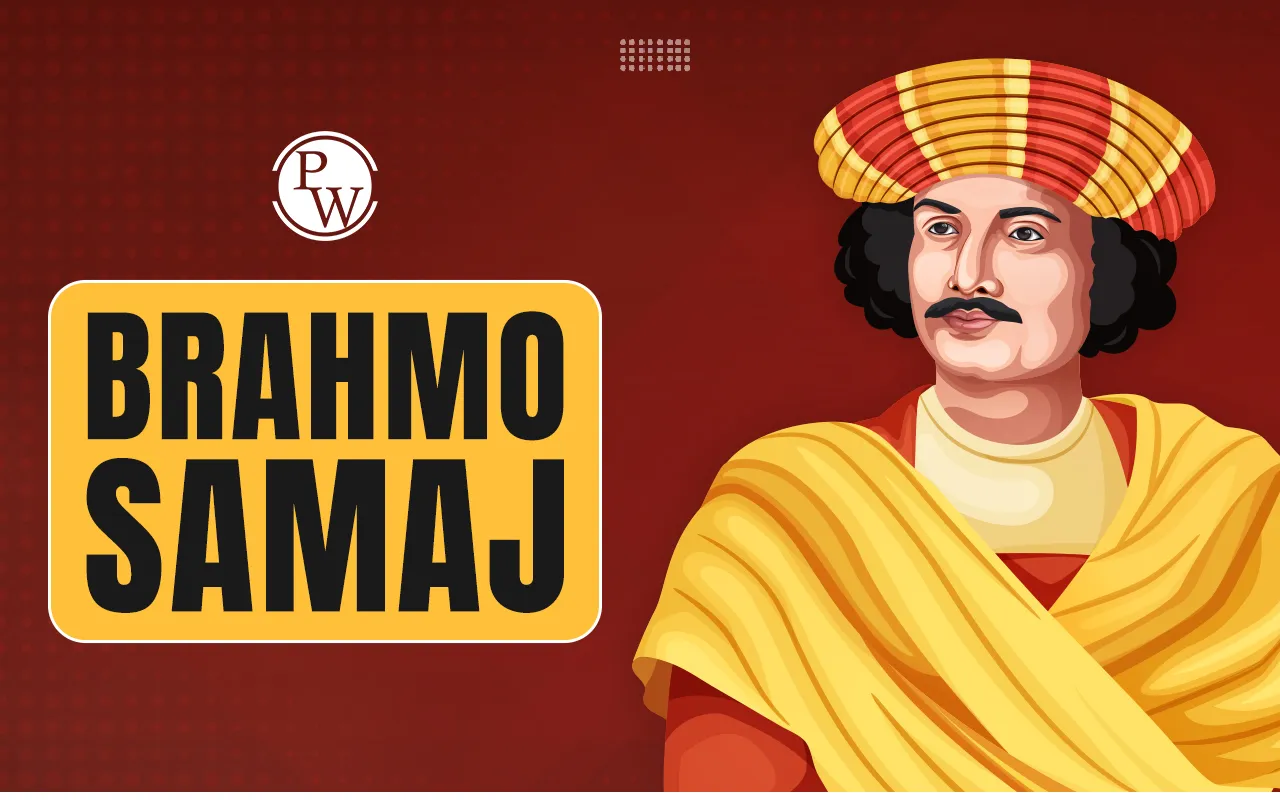
Brahmo Samaj stands as one of the most foundational and influential socio-religious reform movements of 19th-century India, marking the beginning of the intellectual awakening known as the Bengal Renaissance. Founded by the visionary Raja Ram Mohan Roy in 1828, the movement was a decisive attempt to purify Hinduism of its prevailing superstitions, meaningless rituals, and social evils, ushering in an era of rationalism and modern thought.
The primary goal of the Brahmo Samaj was to promote the worship of a single, formless, and eternal God. This pioneering movement challenged orthodoxy, championed human dignity, and laid a strong groundwork for progressive societal and religious change in modern India.
What is Brahmo Samaj?
The Brahmo Samaj was a theistic society established to unite people of all creeds in worship of the one true God, free from the constraints of idol worship and the priesthood.
Establishment and Early Name
-
Founder: Raja Ram Mohan Roy, often hailed as the 'Father of Modern India'.
-
Year and Place: Established in Calcutta (Kolkata) on August 20, 1828.
-
Original Name: It was initially founded as the Brahmo Sabha (Society of God).
-
Formal Inauguration: The society was formally inaugurated and renamed the Brahmo Samaj in January 1830 with the consecration of its first house of prayer.
Meaning of Brahmo Samaj
The term Brahmo Samaj literally means the "community of men who know Brahman" (the Ultimate Reality). It aimed to be an assembly of all descriptions of people, without distinction of caste, creed, or religion, for the orderly and devout adoration of the "Nameless, Eternal, Immutable Being".
Objectives and Principles of Brahmo Samaj
The core principles of the Brahmo Samaj formed the philosophical foundation of the movement, drawing influence from the Upanishads, Christianity, and Islam, all filtered through the lens of reason.
Belief in Monotheism (One God)
The most central tenet was the belief in one Infinite Singularity, an indivisible, imperceptible, and undefinable God (Brahman). This God is the creator and preserver of the universe, and only He is worthy of worship.
Rejection of Idol Worship and Ritualism
-
The Samaj condemned polytheism (worship of multiple gods) and idolatry (image worship).
-
It opposed the necessity of a priestly class, elaborate rituals, sacrifices, and ceremonialism.
-
Worship was instead conducted through prayers, meditation, and reading from the Upanishads, with no consecrated images allowed in their structures.
Emphasis on Reason and Scriptures
-
The movement was built on the twin pillars of reason and the authority of the Vedas and Upanishads.
-
Brahmo Samajists denied that any scripture could hold ultimate authority over human reason and conscience.
-
It encouraged a rational and scientific approach to spirituality and social life, rejecting superstition and dogma.
Rejection of the Doctrine of Incarnation (Avatars)
The Samaj rejected the Hindu belief in Avatars (divine incarnations). It also rejected the ideas of heaven, hell, salvation, reincarnation, and rebirth.
Stance on Karma and Transmigration
While generally advocating for ethical conduct and a movement towards the divine, the Brahmo Samaj took no definitive, universal stand on the doctrines of Karma and the transmigration of the soul, leaving it to the individual members to decide.
Major Social and Religious Reforms
The Brahmo Samaj was instrumental in leading the first organised movements against the prevailing social evils, acting as a catalyst for the Indian Renaissance.
Campaign Against Sati and Social Evils
Raja Ram Mohan Roy tirelessly campaigned against the cruel practice of Sati (the burning of widows). His efforts, championed by the Brahmo Samaj, were pivotal in the British government legally banning Sati in 1829 under Governor-General Lord William Bentinck. The Samaj also condemned other harmful practices like child marriage and polygamy.
Opposition to the Caste System and Untouchability
The movement strongly criticised the caste system, rigid social hierarchy, and the practice of untouchability. It aimed to promote equality among all communities, irrespective of birth or social status.
Women's Upliftment and Education
The Brahmo Samaj actively worked for the upliftment and empowerment of women. It promoted women's education as a key to social progress, helping to establish schools and colleges for girls.
Advocacy for Widow Remarriage and Against Child Marriage
The Samaj fought for the right of widow remarriage, aiming to remove the social stigma and exclusion faced by widows. It also vociferously opposed the widespread practice of child marriage.
Evolution and Key Leaders of the Brahmo Samaj
Following Raja Ram Mohan Roy’s death in 1833, the movement was shaped by two subsequent powerful leaders, leading to its eventual division.
Raja Ram Mohan Roy (The Founder)
-
Role: Brilliant scholar and intellectual architect of the movement.
-
Key Contributions: Founded the Atmiya Sabha in 1814 (which predated the Samaj); wrote tracts like Gift to Monotheists and Precepts of Jesus; and was instrumental in the abolition of Sati.
Maharishi Debendranath Tagore (Strengthening the Samaj)
-
Period: Took leadership after Roy’s death and joined the Samaj in 1843.
-
Key Contributions: Founded the Tattwabodhini Sabha in 1839, which was dedicated to the systematic study of India's past with a rational outlook. He merged his Sabha with the Brahmo Samaj, providing a new spiritual and philosophical depth, earning him the title of the movement’s architect. He compiled the Brahma Dharma.
Keshub Chandra Sen (Universalising the Movement)
-
Period: Joined the Samaj in 1857 and gave the movement a new, more radical dimension.
-
Key Contributions: Popularised the Samaj message by travelling across India. He introduced radical ideas, including promoting inter-caste marriage and seeking to make the movement universal by incorporating teachings from all religions.
The Splits in Brahmo Samaj
Disagreements over the pace of reforms and doctrinal issues, particularly under Keshub Chandra Sen's leadership, led to the movement splitting into three major branches.
Adi Brahmo Samaj (1866)
-
Led by: Debendranath Tagore.
-
Reason for Split: Represented the original, more conservative stream, emphasising the fundamental principles established by Ram Mohan Roy and focusing less on the radical changes championed by Sen.
Brahmo Samaj of India (1866)
-
Led by: Keshub Chandra Sen.
-
Reason for Split: Formed after his removal from the original Samaj due to his radical, universalising approach, which sought to blend Eastern philosophy with Western liberal values.
Sadharan Brahmo Samaj (1878)
-
Led by: Anandamohan Bose, Derozian Shib Chandra, and Sivnath Shastri.
-
Reason for Split: Occurred after Keshub Chandra Sen arranged the marriage of his 13-year-old daughter to the Prince of Cooch-Behar, violating the Samaj's own principles against child marriage. This faction advocated for a more democratic form of governance within the Samaj.
Significance and Legacy of Brahmo Samaj
The Brahmo Samaj holds immense significance in the history of Modern India:
-
Pioneering Reform: It was the first organised, intellectual reform movement in modern India, providing a rational critique of Hindu practices.
-
Bengal Renaissance: It was the forerunner of the Bengal Renaissance, pioneering all religious, social, and educational advancements in the 19th century.
-
Foundation for Modern India: By promoting monotheism, rationalism, and social equality, the movement laid the foundation for modern Indian society and inspired subsequent movements like the Prarthana Samaj and Arya Samaj.
-
Civil Liberties: It strongly supported civil liberties, including freedom of speech and the press, with members actively using journalism to propagate reformist ideas.
Brahmo Samaj FAQs
Who is considered the founder of the Brahmo Samaj movement?
What were the two main pillars on which the Brahmo Samaj was based?
What was the main aim of the Brahmo Samaj in terms of religious reform?
Which major social evil did the Brahmo Samaj successfully campaign against?

UPSC Coaching
